Lopamudra Bhattacharyya, "Snapshot of energy vulnerability across countries", Energy Research Network, Platform for Experimental Collaborative Ethnography, (June 2, 2020).
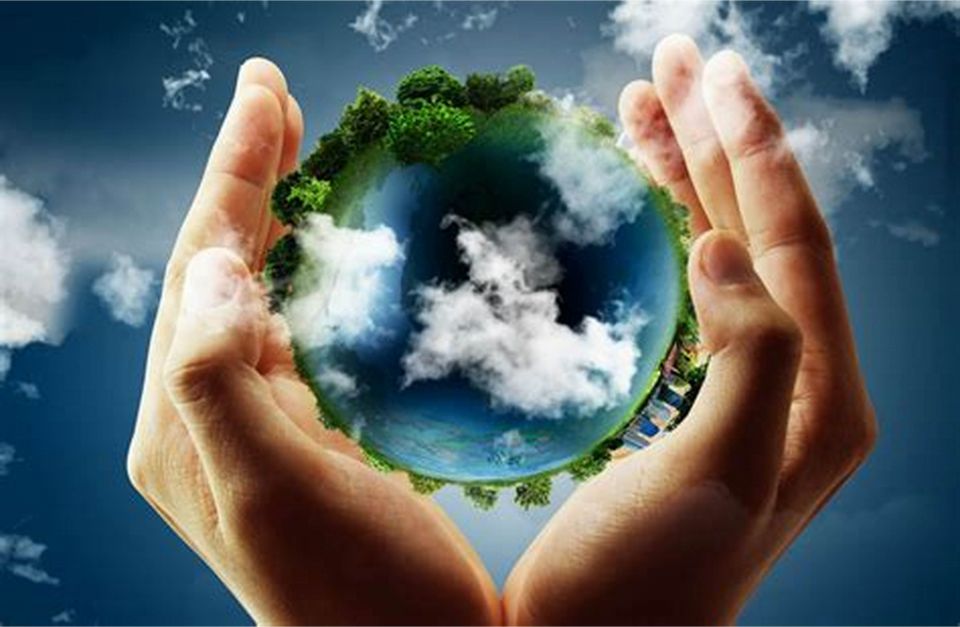
What are the important factors which impact energy vulnerability?
How do perceptions form across different geographies towards energy vulnerability?
Do factors like lifestyles, culture, history, type of governance, state of economy, literacy rate, industrialization….etc play a role?
How do renewable energy sources help reduce energy vulnerability?
How is energy vulnerability measured across different countries? Can countries be ranked as per the status of energy vulnerability?

This is a compilation of all the website links from which images have been sourced for the PECE essay titled, ‘Snapshot of energy vulnerability across countries’ written by Lopamudra Bhattacharyya. This essay is an academic requirement for the course, ‘Energy Vulnerability Lab’ with...Read more
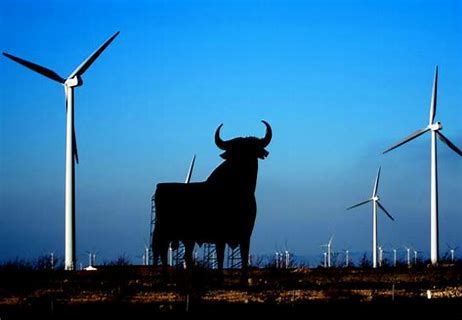
The law of conservation of energy states that the total energy of an isolated system remains constant; it is said to be conserved over time. First proposed and tested by French philosopher and mathematician, Émilie du Châtelet during the early 1730s, this law means that energy can neither be created nor destroyed; rather, it can only be transformed or transferred from one form to another.
So, if one considers the world as an isolated system, then ideally there will no crisis of energy vulnerability to ponder about. But the reality is that energy vulnerability is a burning issue and a global crisis which no country can ignore. This does not imply that the law of energy conservation does not hold good anymore. Just that though the total amount of energy remains same in this world, the distribution across different regions is neither uniform, nor does it match with the actual energy needs of a particular region. This is the crux of the problem of energy vulnerability.
As a novice to this subject, I delved through a lot of material from the world wide web to familiarize myself with the vocabulary usages of energy vulnerability, energy justice and energy poverty and other related terms. This was a whole new world to explore for me and the experience has been very enriching. In this journey of exploration and knowledge gathering, I realized that different countries defined many of these terms differently and even had varying criteria to identify residents who are energy vulnerable. So, it is not justifiable to compare and analyze every country by a common yardstick. This prompted me to do this short comparative analysis on what kind of factors differ or are similar across geographies pertaining to energy vulnerability.
This essay is mostly based on data from secondary research with internet being the main source. The lockdown due to COVID19 pandemic made field work almost impossible. So, the means of collecting primary research data became very limited. The primary data referred here especially under ‘Consumer Perceptions’ is mainly from the 17 personal telephonic or video conversations with people spread across Asia, Canada, United Kingdom (UK) and predominantly United States of America (USA) to elicit responses to the survey titled, ‘Energy Vulnerability Survey – COVID 19’. However, the results of this survey solely could not provide conclusive evidence for consumer perceptions regarding energy awareness, energy usage and / or energy vulnerability. There were primarily two reasons for this. Firstly, the survey had an issue of convenient sampling, so there was an inevitable bias for that reason. Due to the lockdown, the respondents were contacted by phone and were drawn up from a pool of friends, relatives, colleagues and acquaintances. So, the survey respondents were from similar socioeconomic status, literacy levels etc. Hence, the analysis of the survey results became limited in scope for this essay. Secondly, there was not enough data to draw inferences and compare the similarities and differences of energy usage, energy scarcity, energy perceptions, future of energy as well as the role of government in handling the energy crisis. Nor was it possible to identify past and current trends to predict future trends from the survey data. Therefore, there was a compelling need to rely on research work done in the past by other like-minded experts in this domain to make this a worthwhile study.
The major impact of the income of a household on its energy vulnerability is a known and easily comprehensible relation. This dependency does not change, irrespective of whether the household is from a country with developed, developing or an under- developed economy. So, this means that the rich would behave, perceive and use energy similarly across the world and the middle class and the poor as well reflect similarities within their groups. However, the degree of differences in behavior, perceptions and usage of energy do vary across countries with respect to the different stages of economic development. Annual energy use is almost constant in OECD countries, but is growing by around 5% p.a. in the rest of the world, driven by economic development and population growth. However, per capita energy use in non-OECD countries is still only 30% of that in OECD countries on average. It is also estimated that nearly 1.3 billion people do not have access to electricity, around 3 billion people cook and heat their homes using open fires and simple stoves burning biomass (wood, animal dung and crop waste) and coal. Over 4 million people die prematurely every year as a result of illnesses attributable to household air pollution from cooking with solid fuels.
Challenges arising due to the living conditions of fuel poor households across different countries from earlier studies have shown many similarities. These challenges are interlinked to the economic condition of not only the households but also the economic status of the countries where these households are from.
One need not be an expert on Economics to understand the critical role energy plays in developing the economy of a country. Higher is a country’s GDP, higher will be its energy demand. Energy demand is increasing at the fastest pace in countries with developing economies. In such countries, hundreds of millions of people are entering the middle class, buying the first car, the first house. So, the relationship between energy demand and economic development is a straight slope with a direct positive relationship. This means, if one rises, the other grows too. This relationship is so water-tight that sometimes it is difficult to distinguish which is the cause and which is the effect. However, the relationship between economic growth and energy vulnerability is not as straight forward as one expects it to be. Ideally, with economic growth, the per capita household income also increases in a country. So, with residents getting richer, energy vulnerability should be on the wane. However, in most countries, the stark reality destroys this ideal picture. Economic growth increases both energy demand and affordability of energy by the residents, however, the supply and distribution of energy mostly lags and there is always a deficit there. Because of this gap, energy vulnerability for the economically poorer sections of the population even from an industrialized economy suffer from energy vulnerability just like the fuel poverty stricken population from lesser developed economies.
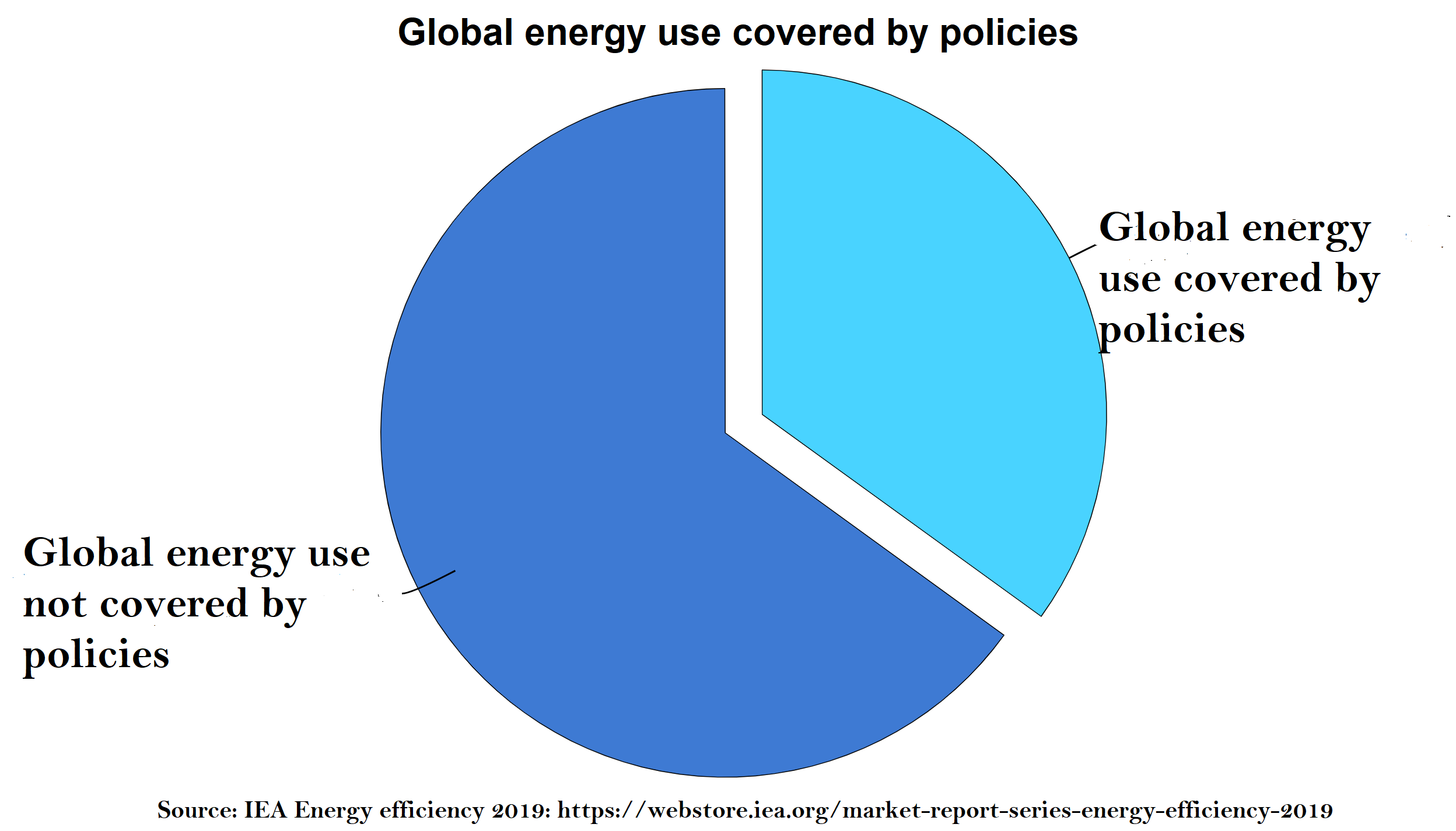
Energy vulnerability is a global crisis, and from decades, there has been numerous attempts by many international organizations to set guidelines for combating this crisis.
The Paris Agreement under the United Nations Framework Convention on Climate Change was an international treaty adopted in December 2015. It aimed to reduce the emission of gases that contribute to global warming. Effective since November 4, 2016, it has been signed by 197 countries and ratified by 187 as of November 2019.
The International Energy Agency (IEA) was created in 1974. Today, with a member strength of 30 countries and an associate membership of 8 countries, IEA is the main international forum for energy co-operation on a variety of issues such as security of supply, long-term policy, information transparency, energy efficiency, sustainability, research and development, technology collaboration, and international energy relations. The IEA regularly provides guidelines and recommendations to policy makers across the globe regarding energy usage and related aspects.
World Bank’s initiative, Regulatory Indicators of Sustainable Energy (RISE) is a set of indicators which can be used as a tool by policymakers to compare national policy frameworks for sustainable energy and identify opportunities to attract investment. RISE assesses countries’ policy support for each of the three pillars of sustainable energy – access to modern energy, energy efficiency, and renewable energy. It assesses countries’ policy and regulatory support for each of the three pillars of sustainable energy—access to modern energy, energy efficiency, and renewable energy. RISE is also called the global energy policy scorecard.
The European Environment Agency (EEA) is an agency of the European Union, whose task is to provide sound, independent information on the environment. The EEA aims to support sustainable development by helping to achieve significant and measurable improvement in Europe's environment, through the provision of timely, targeted, relevant and reliable information to policymaking agents and the public.
Despite such global initiatives, the domestic policies and programs of the respective country’s government dictates the energy usage, energy vulnerability and energy distribution in a country. Though many have signed the Paris Agreement, yet there are still quite a few signatory countries who have not even initiated any action to comply with the agreed terms of the treaty. With no implications like, legal action or penalty or economic sanctions for such non-adherence, such global agreements never achieve the objectives set forth in its objectives. Global agencies can only recommend and suggest policies appropriate for the energy situation of a particular country, without jurisdiction rights, many of such reports are overlooked by the government without any action. Ideally, it is the government who should formulate adequate policies to identify and help the energy vulnerable population of its country. It is also the duty of the country’s administration to impart knowledge and training to the fuel poverty residents. However, the situation is far from ideal in this case in varying degrees, right from most developed country in the world to a sub Saharan country of Africa.
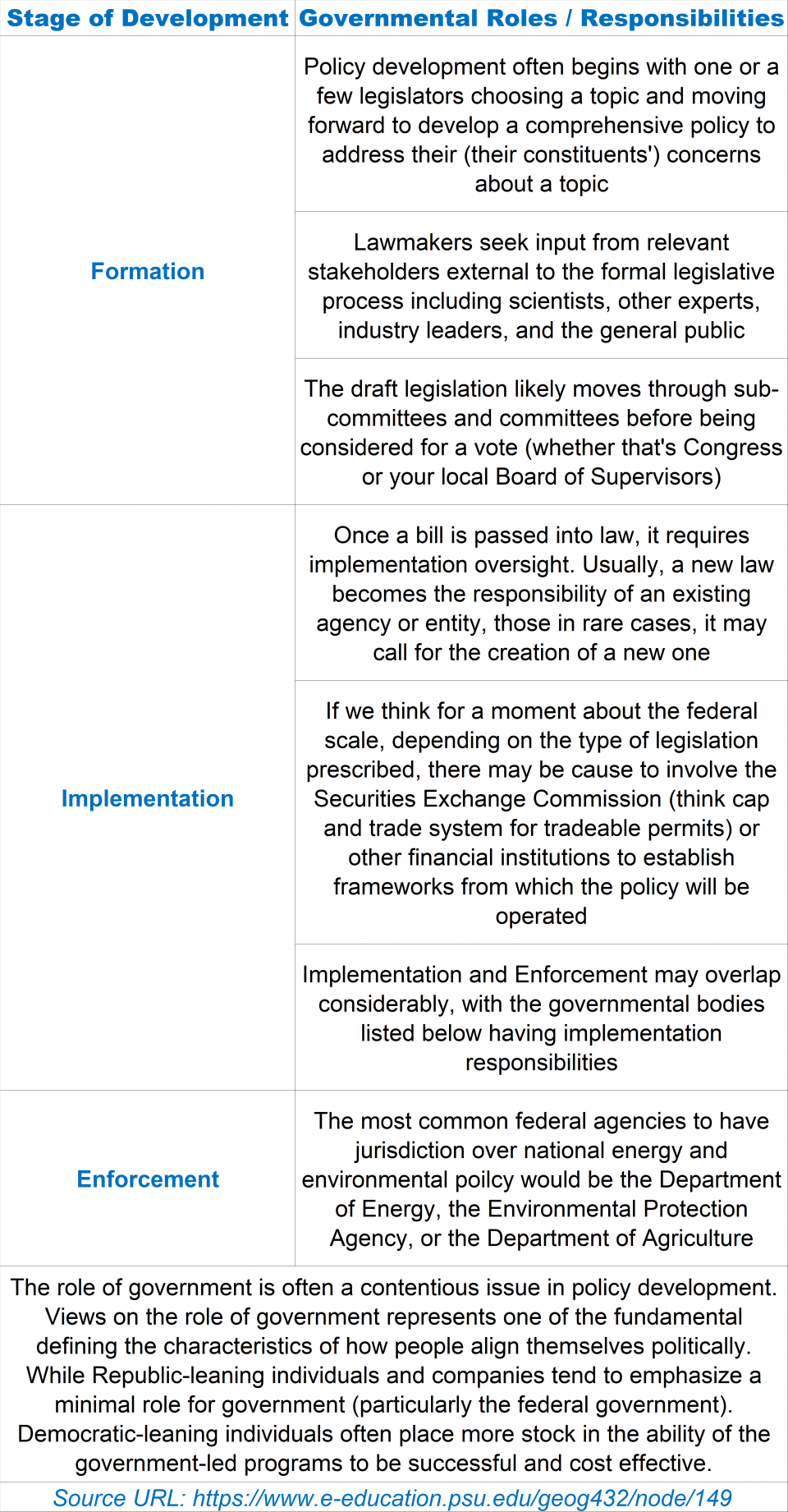

Is bill savings the only motivation for majority of consumers to save energy or curtail energy needs? So, if such a consumer start earning more with higher disposable income, would that behavior change by default? This is a key question while evaluating consumer perceptions on energy vulnerability. Consumer perceptions vary depending on the socio-economic status of the individual and the type of government prevalent in the country. The wealthy class considers energy as a birthright and is mostly ignorant of the existence of energy vulnerability. The middle class aspire for all benefits of adequate / excess energy availability, but most of them will shirk away from any conflicts if their energy rights are infringed upon. The ones suffering from energy vulnerability from this population prefers to work harder to meet their energy needs rather than look for benefits from government aid and energy subsidies or such programs. The poor class of people are busy fighting their daily wages to put food on the table, so they so not have the luxury of time and money to gain knowledge about either their own status as ‘energy vulnerable’ or their energy rights. Such varying perceptions across the classes in almost all countries will continue to exist till the gaps remain between the classes. And if the current status quo is taken as an indicator, these gaps are here to stay for a long time. The second factor, type of government ruling the country has its implications on consumer perceptions too. From an ideological point of view, residents of a democratic country are usually aware of their rights to energy, but will hesitate to fight for it based on their economic status. In a socialist governance, residents believe in equality of energy usage and availability and such consciousness is usually high compared to other forms of governance. In dictatorial type of governments, the population are autocratically led by the way the government imposes the rights, beliefs and perceptions of energy equality.
During the primary data collection for the survey titled, ‘Energy Vulnerability Survey – COVID 19’, there were some interesting observations which could not have been captured as responses to any of the specific questions of the survey. These observations are mainly from non-verbal cues of the respondents during the survey and informal discussions with the respondents after the completion of the survey for the randon few personally done by the author. This is a more of a limited qualitative analysis of the survey experience with just 17 respondents and not a quantitative analysis of the survey results of all the respondents.
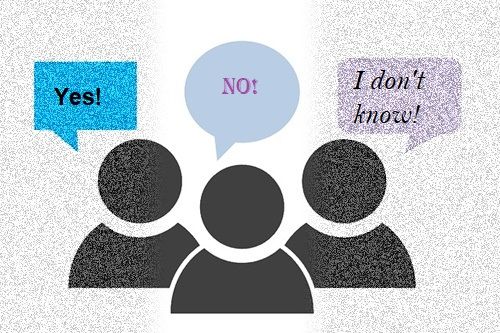
In the survey subsection, ‘Existing Home Infrastructure’, most of the respondents were not very confident about the correctness of their answers and many had to take extra time to go and check some details first hand before answering some very basic questions about their homes. Nor were they comfortable with a ‘I don’t know’ response as they were embarrassed by their ignorance. In the subsection, ‘Bill Payment and Assistance Literacy’, many were apologetic in acknowledging the increase in their usage of energy responses because of COVID-19. There was a mismatch seen in answers to questions where they responded ‘Yes’ to increase in energy usage due to COVID -19 but responded to ‘ No change’ for the amounts on the energy bills. This might be due to reasons like, ignorance, fixed billing structure or even a conscious decision to ignore and not disclose a numerical i.e a measurable value to excess use of energy during COVID-19, maybe self- denial, maybe guilt. Most of the respondents displayed a sudden alert when asked questions on awareness on the government programs. Many tentatively asked if they were mandatory programs with required participation and if they would get in trouble for non-compliance. Once they were assured of the no obligation kind of energy policies which were meant for awareness, benefits and assistance, they were relieved and were happy to respond, ‘I don’t know’ to most of those questions. The question, ‘Do you think you have a right to energy?’ also raised some interesting reactions. Respondents who were confident about it didn’t bat an eyelid while answering that question a ‘Yes’ or a ‘No’. From the ones who were undecided, a few of them did choose, the ‘I don’t know’ response. But the rest of them would tentatively respond, ‘Yes’ and then look at the surveyor for reactions as they chose from the list of items for which they thought they did have rights for. It was as if they were seeking an approval or a rebuke from the surveyor for their selection. Many of the respondents were long term residents of the current country but not citizens. So, there was a confusion in a few of their minds about whether the right to energy was applicable to non citizens, so they preferred stating ‘No’, or ‘I don’t know’. Another interesting observation was that many of the respondents felt that their right to energy is directly linked to timely and regular payment of their energy bills. They believed that as long as they had the capability to pay bills, they would retain the right to use energy accordingly. On the last subsection, when asked, if they would be willing to participate in a open ended and detailed interview on this subject, each of them declined stating that they have already detailed all that they knew and had nothing more to say. However, the survey did interest a few to think deeper into the subject and improve his / her own current level of ignorance. Though they did not have any formal or immediate questions at the end of the survey, more than 50% of the respondents did agree to receive a copy of the survey results mainly to understand the subject more.
Renewable energy sources has been a global buzzword for decades in the context of global warming and climate change. As natural resources are getting depleted the temperature of the earth is also on the rise and yet the energy needs of the humankind is not satiated. And if predictions are to be believed, this insatiable need for energy is only going to increase with every passing day. This, renewable energy resources has sustained its popularity not just as a whiff of fresh air but also as a long term solution for meeting the energy needs of the world while attaining sustainability for Mother Earth. So, it is not surprising when use of renewable energy resources are on the rise in almost every country of the world, be it from the developed, developing or the under-developed economies. Most of the countries have also set long term objectives in their energy roadmaps to reduce emissions and carbon footprints and to preserve the environment by adopting renewable energy sources.
The future looks bright with the potential of renewable resources and there is no doubt about it. However, the need of the hour demands an answer to the question, will this be enough? Will renewable energy sources quench the energy needs of the human world to create a future situation where there would be zero requirement for oil, coal and natural gas, the so called energy culprits which has adversely affected the quality of the environment of the earth. Even with all the optimism infused from the increasing use of renewable energy resources and future projections, the answer, sadly, is in the negative. Because in parallel to the increased usage of renewable resources, consumption of oil, coal and natural gas is also increasing and that too at a much faster rate around the globe. The already strong grip of oil addiction (i.e of non-renewable energy resources) is only getting stronger by the day. So, even if the world moves to 100% renewable energy sources, it might not be enough to fulfil the energy hungry human needs. This is an alarm for the future global catastrophes, waiting to happen.
Energy vulnerability is a very complex issue with multiple dimensions to be considered for each country which is difficult to assess, evaluate, measure and rank. Every country has its own peculiar challenges as well as advantages, be it an industrialized nation or a less developed one. So it is a major task to factor in all such complexities and unique characteristics to come up with a measurement tool like, GEVI which attempts to rank each country on a common scale. Such energy vulnerability assessment is critical for identifying the causes of energy vulnerability, comparing against a higher ranked country to understand how to improve, tracking of effectiveness of current energy policies as well as planning roadmaps to reach a certain value in the Index. Such an index brings in measurability to a complex issue and facilitates solution finding approaches as well. There is a myriad of complicated statistical calculations and assumptions behind the concept of GEVI. Again, GEVI might not be the most accurate tool or the best yardstick to measure a country’s energy vulnerability. Besides, every country is a live entity with factors and situations changing constantly, so the validity of a static GEVI is another question to be considered. If one country makes progress in tackling energy vulnerability, it’s GEVI needs to change, but that will affect the index of other countries too as the dynamics of the current situation would have changed for them too. So, how often does one calculate GEVI to capture the current status of the energy vulnerability in a country? One also needs to consider the mammoth effort and time required by the stakeholders to plan and execute such energy vulnerability assessments at a global level. Add, to that the level of co-operation by the government of every country as well as its citizens. Many more of such doubts and questions will continue to haunt the concept of GEVI. The debate between the believers and the non-believers never ends, and GEVI is no exception. But one also needs to understand that the concept of GEVI has to be an evolving and dynamic matrix which discards outdated factors and merges new factors to make it a globally acceptable standard for energy vulnerability in the long term. For the sole purpose of this essay, the scope for GEVI is limited to a ranking scale to help put respective countries in a common perspective. As per the report of the current year, 2020, Angola with -1.84 is at the bottom of the GEVI index while Iceland leads at a GEVI of 1.75. The overall ranking of countries in the GEVI index do not raise eyebrows as they follow expected (accepted?) trends.
Energy vulnerability is an extensive subject and this essay is just the tip of the iceberg. The research questions helped limit the focus of this essay to just the bare basics. A few important factors like, the economy of a country, the energy policies, programs and agencies and consumer perceptions were studied briefly to provide an understanding of the role each factor played in building up the energy vulnerability of a country. The current usage and future potential of renewable resources was also reviewed as a solution to reduce energy vulnerability globally. Measuring energy vulnerability is important but difficult to achieve accuracy. The Global Energy Vulnerability Index (GEVI) was selected as the ranking tool to provide a status quo of energy vulnerability of the countries. While these topics helped answer the research questions to some extent, many new questions were raised during the actual research phase. For instance, Bhutan is the only carbon negative country in the world, so it would have been interesting to know its GEVI. But Bhutan was not featured in the GEVI ranking list.
Besides, there is an increasing list of challenges with the prevalent system which needs immediate attention. The exploitation and abuse by the oil cartel, the money and power hungry energy companies and the corrupt politicians around the globe are indispensable pieces of the puzzle. In theory, these entities are present to ease off energy vulnerability from the society but in reality, the situation is worsened by their interventions. As this essay is being scripted, the crisis of Baghjan Gas Well blowout in the state of Assam, India is unleashing devastation of terrifying proportions. The fires started just two days ago, human lives have been lost, several have been injured, 7000 odd villagers of the surrounding areas have lost their homes and crops have been destroyed. The spillage of gas condensate and the consequent fires have also destroyed a vast stretch of the Dibru-Saikhowa National Park eco-system, which means loss of greenery, aquatic lives and wildlife as well. This well is owned by Oil India Limited, a public sector undertaking which is India’s second largest hydrocarbon exploration and production company. Oil India has issued a statement that it will take at least 21 additional days to douse the fires completely. Such avoidable man-made catastrophes tip the already lopsided scales of energy vulnerability further.
Energy vulnerability is a dynamic and complex puzzle for the human world which needs to be prioritized for solutions at a global level, by every country and by every individual as well. Because, this has adverse consequences for every life on earth. This essay has a lot of gaps to bridge with exclusions of many important factors and issues which are critical for energy vulnerability. These has been overlooked consciously, for the lack of time in the current context. The subject of energy vulnerability demands in-depth analysis, and despite being such a burning crisis, is yet to get its due importance by stakeholders from across the globe
This is a compilation of all the resources used for writing the PECE essay titled, ‘Snapshot of energy vulnerability across countries’ by Lopamudra Bhattacharyya. This essay is an academic requirement for the course, ‘Energy Vulnerability Lab’ with instructor, Dr Alison Kenner, Drexel...Read more